13 GPTs for AI Assistant Powered by AI for Free of 2025
AI GPTs for AI Assistant refers to the deployment of Generative Pre-trained Transformers in developing AI Assistants. These tools leverage advanced machine learning algorithms to understand, interpret, and respond to human queries effectively. Designed to simulate human-like interactions, AI GPTs for AI Assistant can handle a wide range of tasks, from answering questions to performing specific online tasks, making them pivotal in enhancing user experiences and streamlining workflows in various domains.
Top 10 GPTs for AI Assistant are: 写参考文献综述,Make Academy Guide,Flastchat IELTS Tutor,星宮ミラ,qdrant wizzard asistant,メルカリ出品サポート,Search Fund GPT,Hawking,Artificial Empathy,Reply to SNS
写参考文献综述
Your AI-powered literature review assistant.
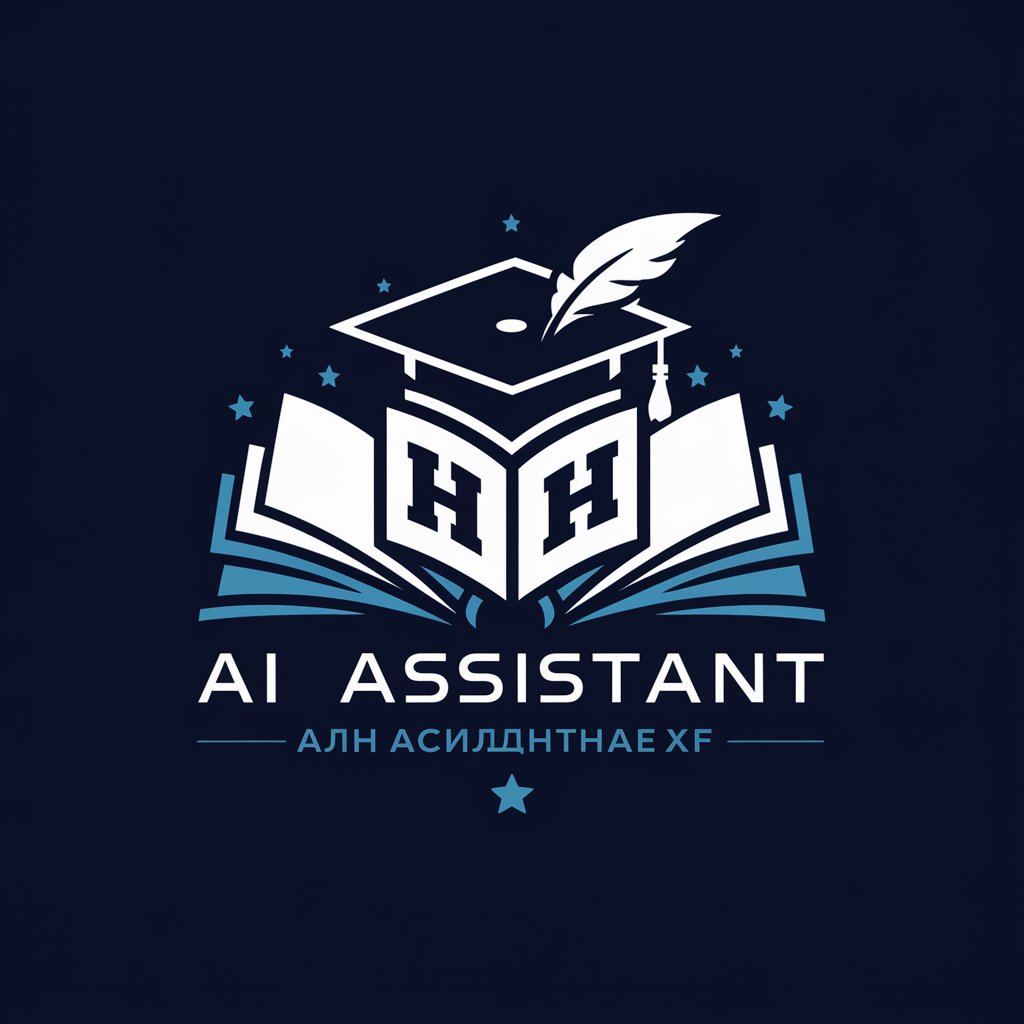
Make Academy Guide
Empowering your tasks with AI precision.
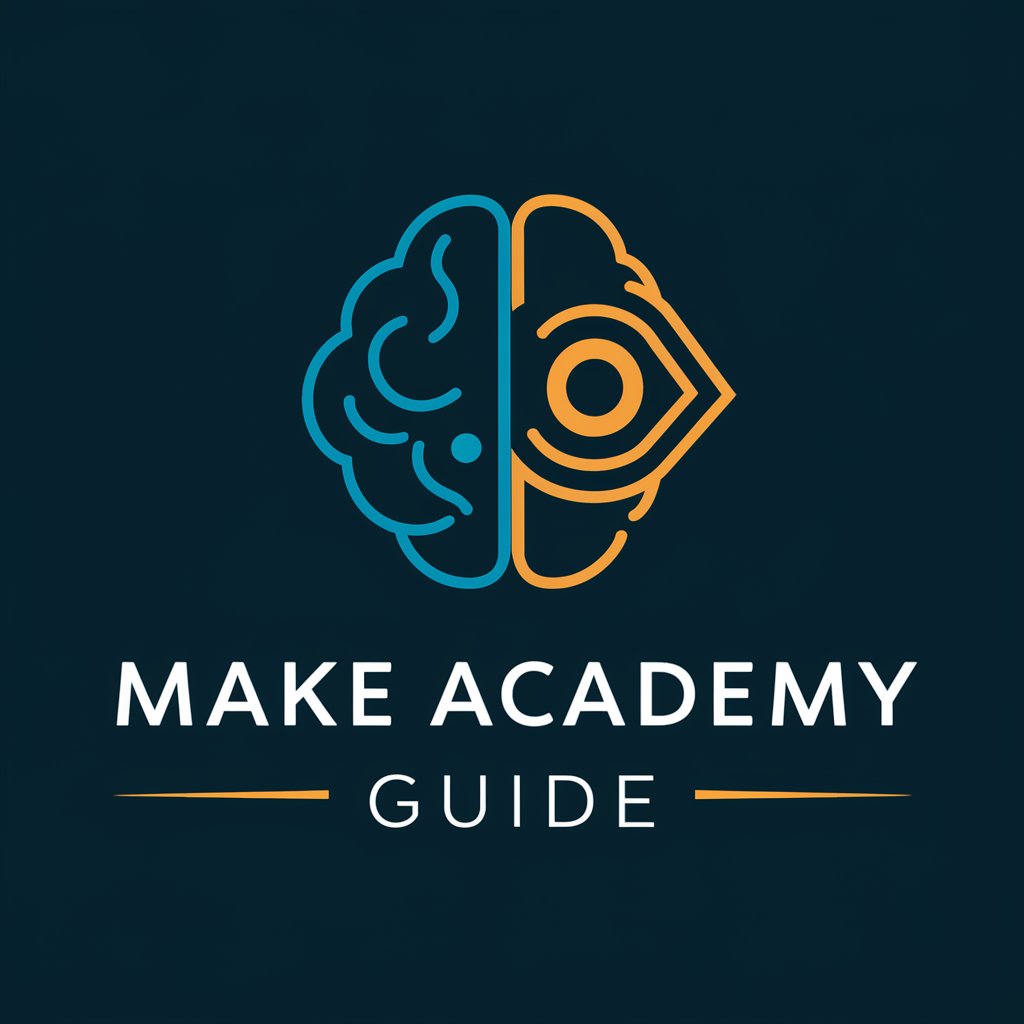
Flastchat IELTS Tutor
Master IELTS Speaking with AI
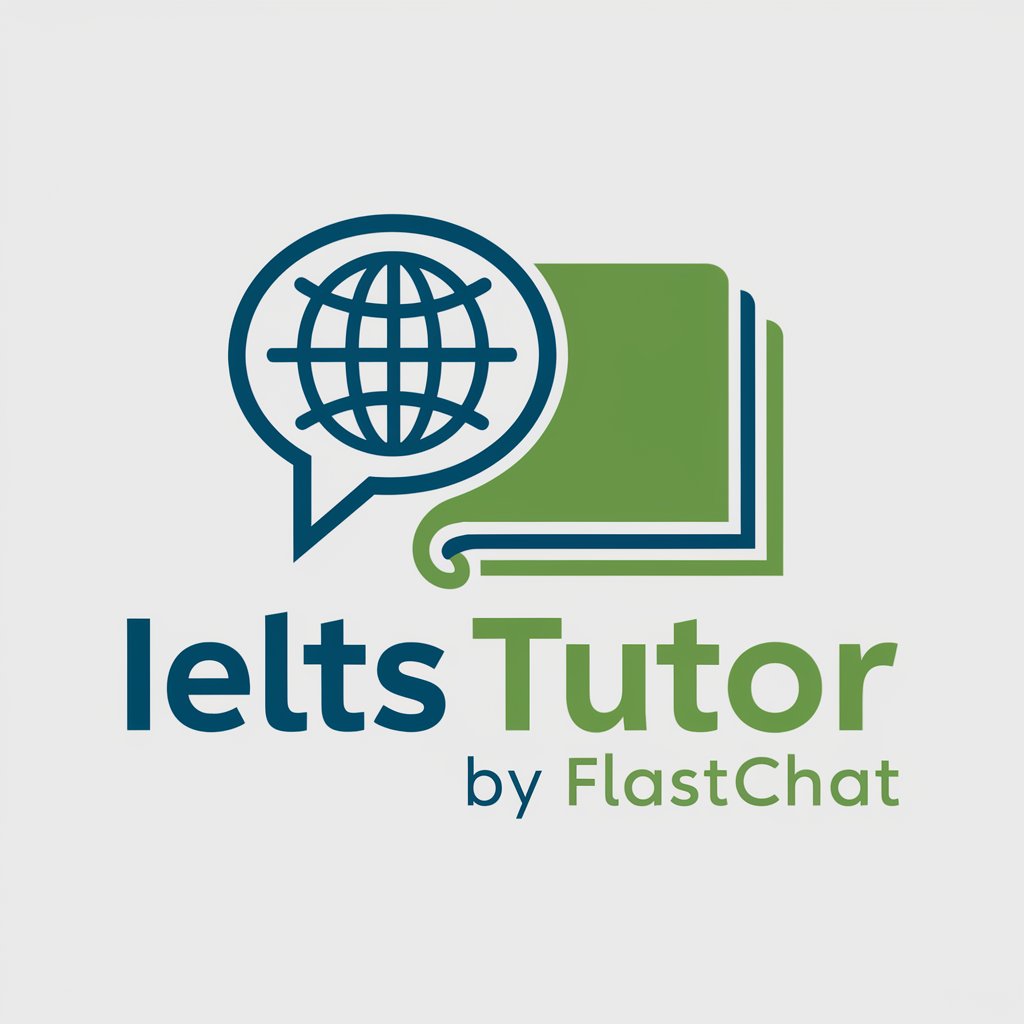
星宮ミラ
Elevate Communication with AI Intelligence

qdrant wizzard asistant
Empower Your Queries with AI Precision.

メルカリ出品サポート
Elevate Your Mercari Sales with AI

Search Fund GPT
AI-Powered Outreach Letters for Search Funds

Hawking
Explore theoretical physics with AI insights.
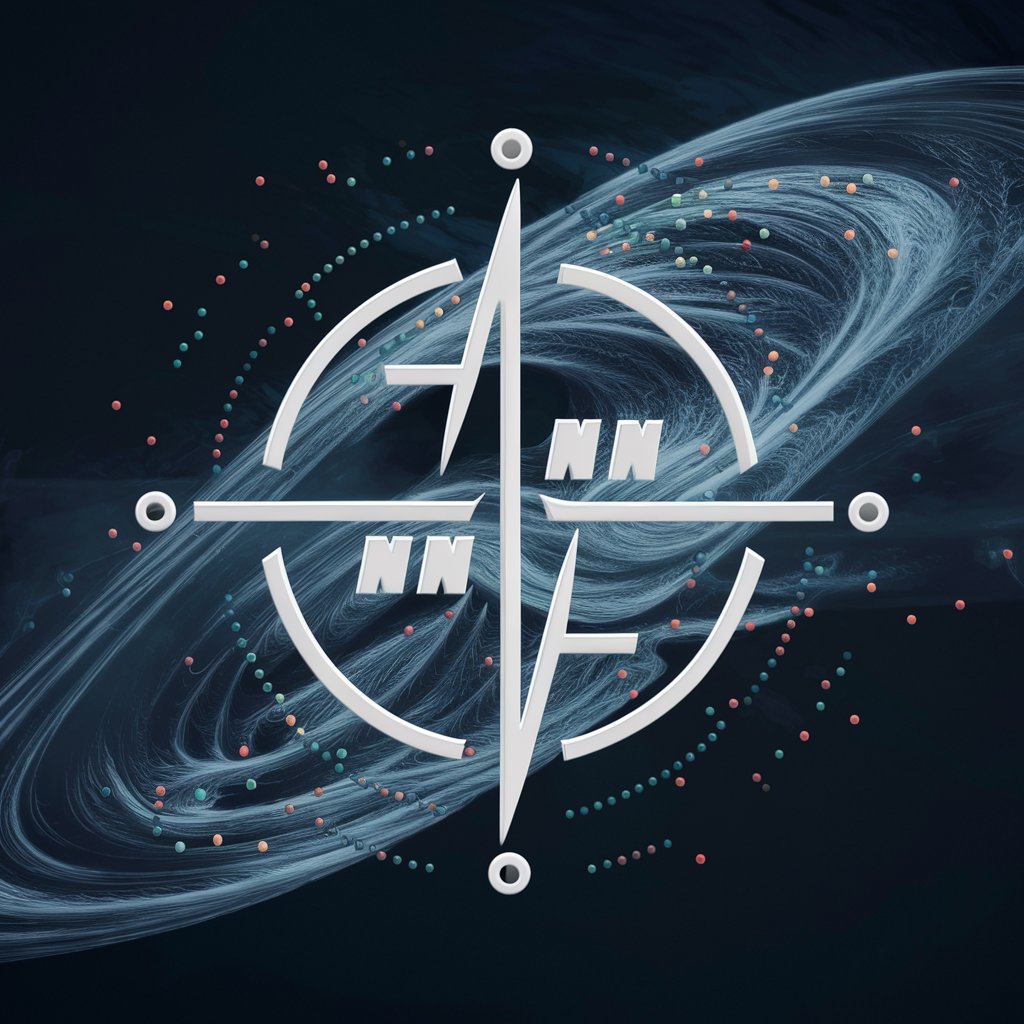
Artificial Empathy
Empathy-driven AI for deeper connections
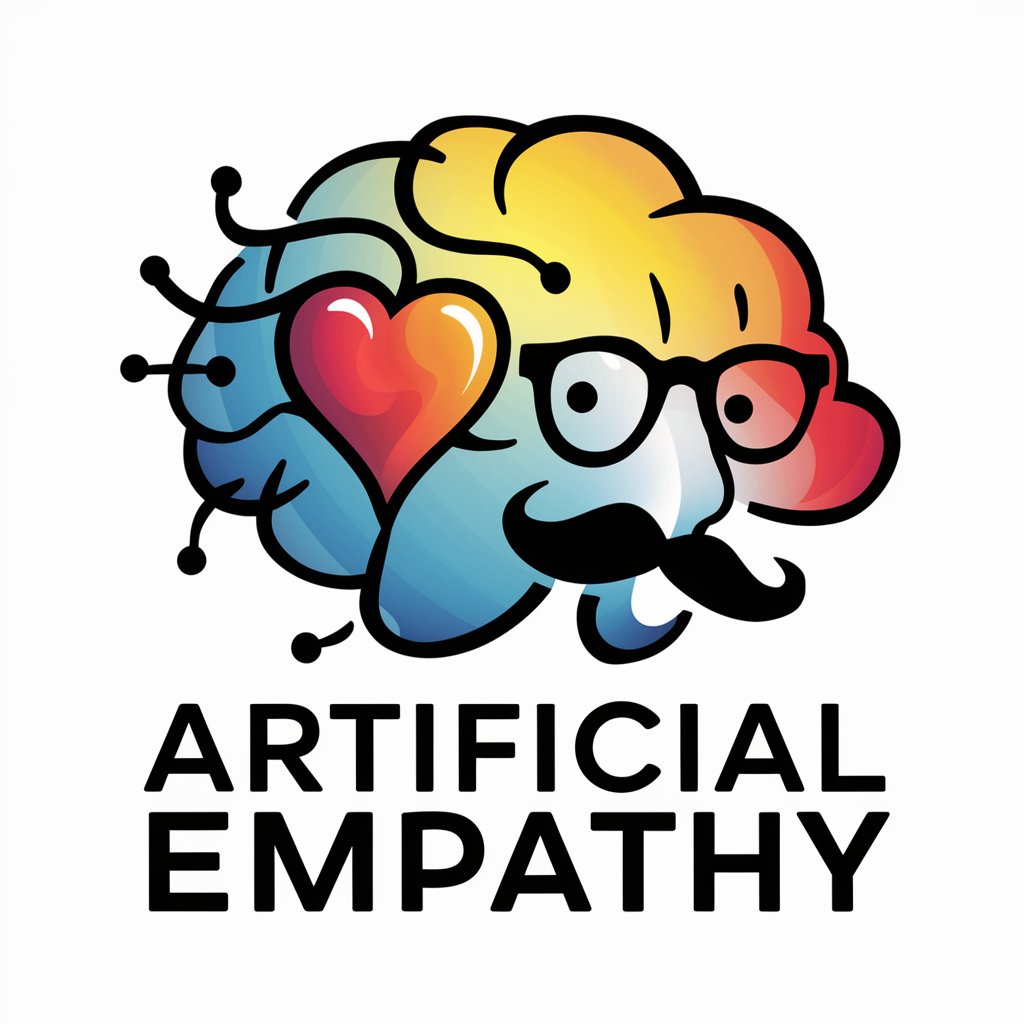
Reply to SNS
Empower Your Social Media Presence with AI
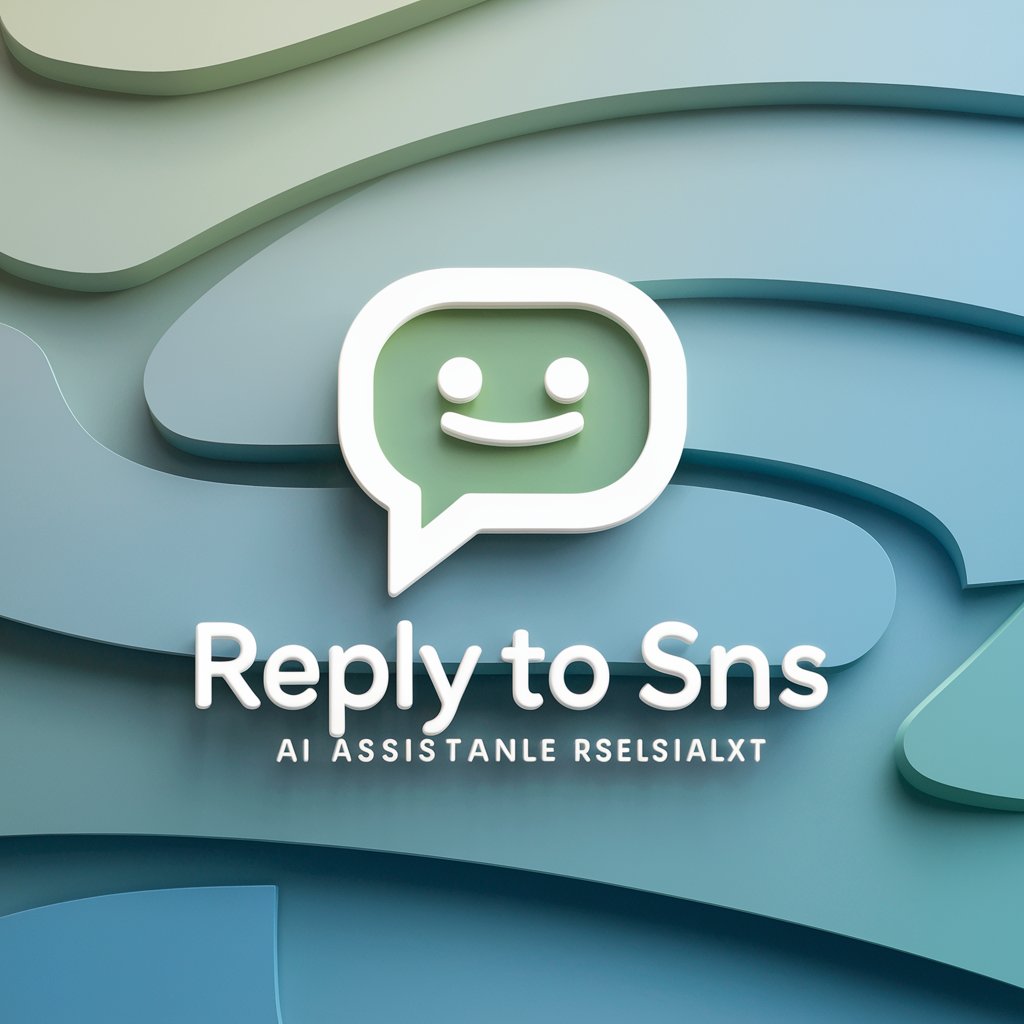
技術記事クリエイター
Empowering Technical Content Creation with AI

Scene Shopper
Spot it. Shop it. Scene Shopper.

ExceptionCorrection
Smarten your code debugging with AI

Key Attributes and Functions
AI GPTs for AI Assistant boast a multitude of unique features, including natural language processing, contextual understanding, and continuous learning capabilities. These tools are adept at adapting their responses based on user interaction, ensuring relevance and accuracy. Special functionalities may include multilingual support, integration with databases for real-time information retrieval, advanced analytics for data interpretation, and even creative tasks like image generation. Their versatility extends from basic information provisioning to complex problem-solving tasks.
Who Stands to Gain
AI GPTs for AI Assistant are invaluable to a broad spectrum of users, including tech enthusiasts, business professionals, educators, and students. They cater to individuals seeking efficient, AI-driven assistance for daily tasks or information needs, as well as developers and technical experts looking for sophisticated AI tools that can be customized and integrated into various applications and services. The intuitive interfaces make these tools accessible to non-coders, while their advanced features offer extensive customization possibilities for skilled programmers.
Try Our other AI GPTs tools for Free
Strategic Advisor
Discover how AI GPTs for Strategic Advisor can transform your decision-making process with tailored insights and data-driven recommendations.
CS2 Analysis
Discover AI GPTs for CS2 Analysis: Tailored AI solutions transforming data into insights. Ideal for professionals and novices alike, offering intuitive, customizable tools for comprehensive analysis.
Exercise Visualizations
Explore AI GPTs for Exercise Visualizations: Your gateway to intuitive, engaging fitness data analysis and presentation. Tailored for professionals and novices alike.
Fitness Illustrations
Explore how AI GPTs revolutionize fitness illustrations, offering personalized, accurate visuals for exercise and wellness, accessible to novices and professionals alike.
Workout Graphics
Discover how AI GPTs for Workout Graphics are revolutionizing fitness visualization, making workout plans engaging and accessible for everyone.
Fitness Artwork
Discover how AI GPTs for Fitness Artwork revolutionize content creation with tailored solutions for motivational imagery, personalized plans, and educational materials in the fitness domain.
Beyond the Basics: In-Depth Perspectives
AI GPTs for AI Assistant not only streamline day-to-day tasks but also offer customized solutions across various sectors, including education, customer service, and healthcare. Their ability to integrate with existing systems and adapt to specific user needs makes them a versatile tool in enhancing efficiency and user engagement. The user-friendly interfaces coupled with powerful back-end algorithms facilitate a seamless integration of AI into everyday tasks.
Frequently Asked Questions
What exactly is an AI GPT for AI Assistant?
An AI GPT for AI Assistant is a sophisticated AI tool that uses Generative Pre-trained Transformers to understand and engage in human-like interactions, assisting users in a wide array of tasks and queries.
How does AI GPT adapt to user interactions?
AI GPTs leverage machine learning to analyze and learn from each interaction, allowing them to improve their responses and adapt to users' specific needs over time.
Can AI GPTs handle multiple languages?
Yes, many AI GPTs are equipped with multilingual capabilities, enabling them to understand and communicate in various languages.
Are AI GPT tools suitable for non-technical users?
Absolutely, AI GPTs for AI Assistant are designed with user-friendly interfaces that require no coding knowledge, making them accessible to a wide audience.
How can developers customize AI GPT tools?
Developers can leverage APIs and scripting to tailor AI GPT functionalities to specific tasks or integrate them into existing systems and applications.
What kind of tasks can AI GPTs perform?
AI GPTs can perform a variety of tasks, including answering queries, providing recommendations, scheduling, data analysis, and even creative tasks like writing or image generation.
Is it possible to integrate AI GPTs with other software or databases?
Yes, AI GPTs can be integrated with other software, applications, and databases to access and provide real-time information and services.
How do AI GPTs ensure the relevance and accuracy of their responses?
AI GPTs use advanced algorithms to understand context and user intent, ensuring responses are relevant. Continuous learning from interactions further enhances their accuracy over time.